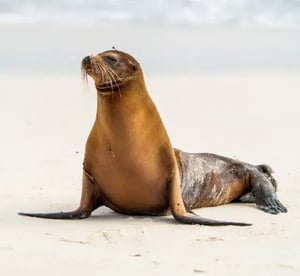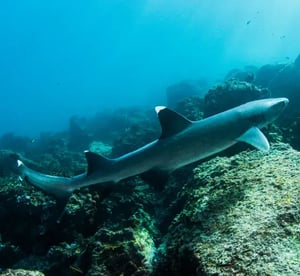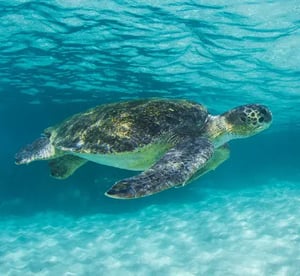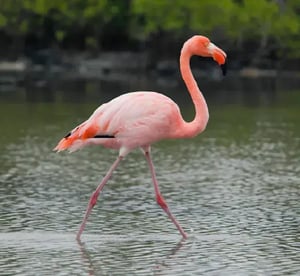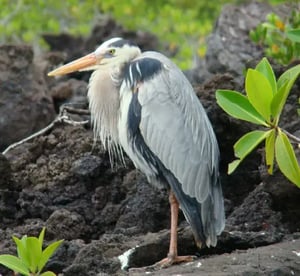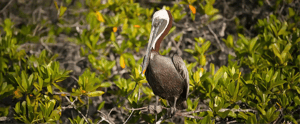
GALAPAGOS BROWN PELICAN
Pelicans are large, heavy waterbirds with short legs, webbed feet, and exceptionally long bills. The bill has a large, distensible pouch, used as a scoop-net to catch fish. In flight, pelicans hold their head and neck drawn back and have slow, rather ponderous wing beats. Their large wingspan makes them accomplished gliders. Pelicans are very ungainly on land, rarely walking far; however, they are comfortable around humans, especially around fishing boats or ports where they can get an advantage of the food available from fishermen.
The brown pelican is a common resident of Galapagos, an endemic species that goes by the scientific name of Pelecanus occidentalis urinator. Its population is estimated at a few thousand pairs that breed throughout the year, nesting in small colonies in low bushes and mangroves, occasionally on the ground, and laying up to two eggs that are incubated by both sexes. Males and females are alike, with brown plumage in their bodies and yellow heads. Their beaks are whitish gray with patches of red.
Yes
Endemic
Seabirds
Animal group
Pelecanus occidentalis
Scientific name
105-152 cm
Animal average size
3.17-3.7 kg
Animal average weigth
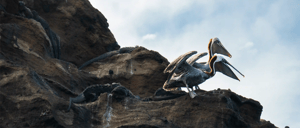
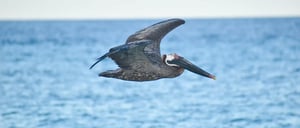
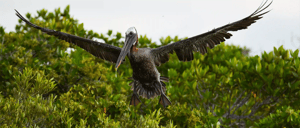

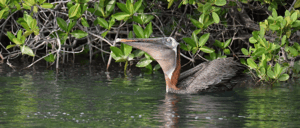
Where to spot this animal?
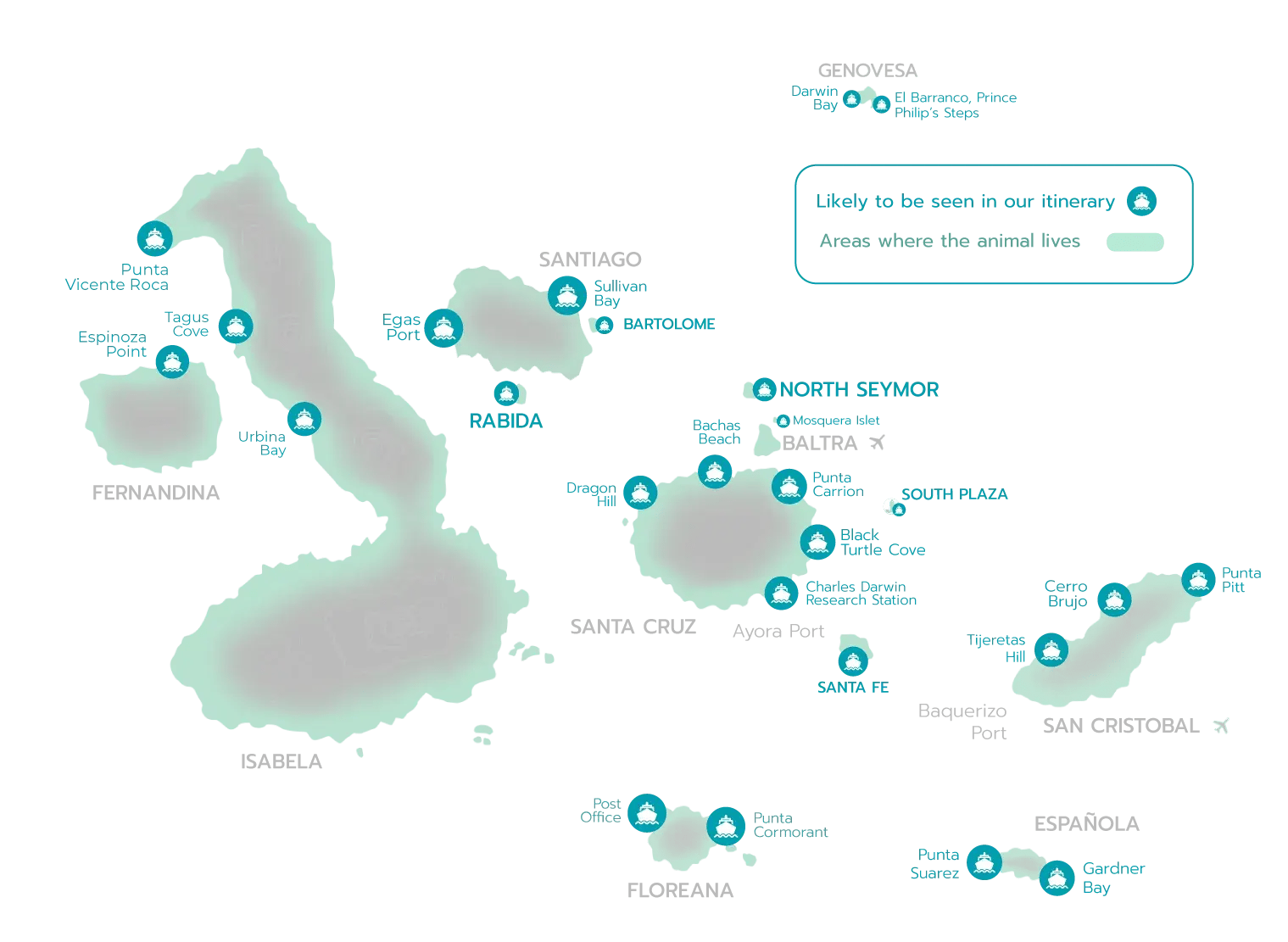
Expeditions where you can find this animal

NORTH EXPEDITION (A)
Visitor sites:
> El Barranco, Prince Philip's Steps

WEST EXPEDITION (B)
Visitor sites:

EAST EXPEDITION (C)
Visitor sites:
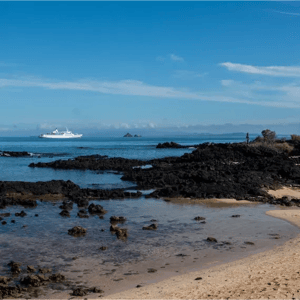
SOUTH EXPEDITION (D)
Visitor sites:

NORTH EXPEDITION (A)
Visitor sites:
> El Barranco, Prince Philip's Steps

WEST EXPEDITION (B)
Visitor sites:

EAST EXPEDITION (C)
Visitor sites:

